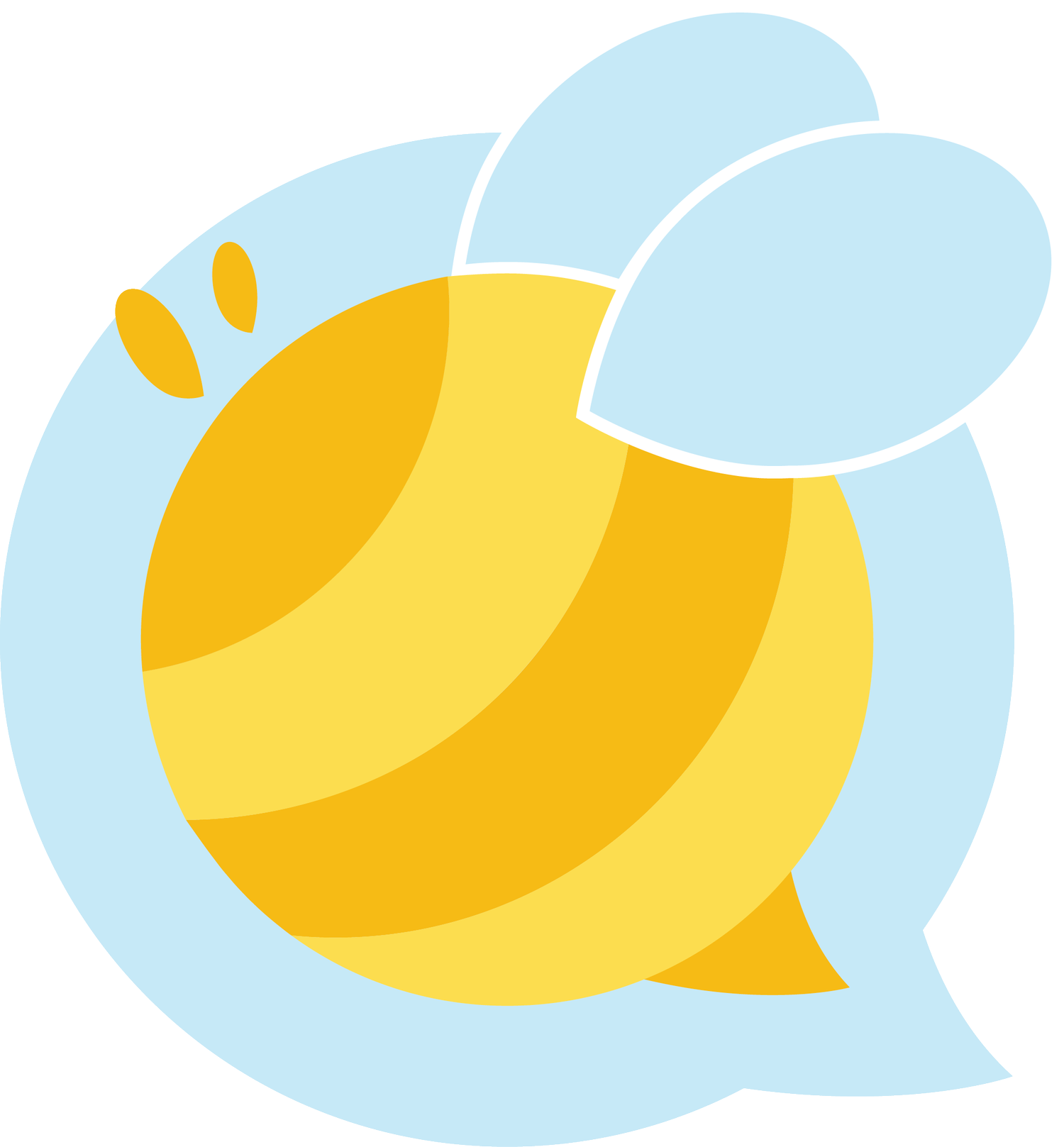Why Speech Therapy Looks Like Play: The Role of Play in Language Development
Play is not just “fun” or the reward for hard work—it is the foundation of how young children learn to communicate and explore the world around them. Through playful interactions, children increase vocabulary, target social skills, and grasp the back-and-forth of conversation. Whether it is playing peek-a-boo with a parent, stacking blocks, or dancing to music, play produces natural opportunities for language development.
Types of Play that Support Language
There is so much more to play than just having the newest toys. The focus at the center of play is joint attention and shared joy. This can be achieved through a variety of play styles, including:
Body Movement – Activities like running, jumping, climbing, tag, and rough-and-tumble games help children explore verbs (“jump,” “go,” “stop”) and spatial concepts (“up,” “down,” “through”).
People Play Games – Social games such as peek-a-boo, pat-a-cake, or hide-and-seek provide children the opportunity to participate in turn-taking, eye contact, and early conversational skills.
Exploratory Play – Touching, banging, mouthing, or experimenting with everyday objects creates curiosity and allows opportunity to model descriptive language (e.g., “soft,” “loud,” “cold”).
Singing & Dancing – Songs, rhymes, and dancing teach rhythm, repetition, and vocabulary while keeping children entertained.
Creative Play – Drawing, painting, pretend play, and storytelling encourage imagination and rich language use as children act out roles and pretend scenarios.
Toy Play – Using blocks, dolls, cars, or puzzles creates instances for children to label objects, request assistance, and engage in problem-solving talk.
Five Strategies to Boost Language in Play
Be Eye-Level – Join the child on the floor or sit next to them at a table to create natural eye contact and connection. Standing above the child creates feelings of an authoritative stance.
Follow The Child’s Lead – Let your child’s interests direct the play activities. This creates meaningful and motivating language activities.
Create Turn-Taking Opportunities – Invite your child to take a turn. Pause and wait, allowing your child space to respond—just like when participating in real conversations.
Be Fun – Using playful exaggerations, funny sounds, or pretend mistakes helps children maintain attention and encourages communication interactions. The sillier, the better!
Provide Multiple Exposures – Try rotating toys, changing the setting, and introducing different play types to expand flexibility to use vocabulary across different settings or interactions.
Why Early Intervention Therapy Often Looks Like Play
Often, parents express concerns regarding why their child’s early intervention speech therapy sessions do not appear to be structured as “traditional teaching”. Instead, sessions often incorporate toys, games, songs, and movement, all while letting the child lead. This is intentional—and it is based on the concepts of how children learn best.
Play is the natural way children learn – Young children explore, experiment, and communicate through playful interactions long before they are ready for structured academic tasks. Therapy incorporates this natural learning style.
Motivation guides learning – A favorite toy, silly game, or song creates the motivation to keep children engaged in a learning opportunity, making it easier to practice new sounds, words, or social skills.
Play allows for meaningful repetition – Singing the same song, playing peek-a-boo, or building a block tower allows for repeated practice in a fun, natural way. This repetition is critical for language development.
Therapy can be incorporated into everyday routines – By modeling playful strategies, therapists show parents how to naturally incorporate language into daily activities, such as self-care or mealtime.
It is not just play—it is therapy – The therapist utilizes every toy, game, or song to target a variety of communication goals, from turn-taking to vocabulary expansion.
What Research Says About Play and Language
Learning Through Playful Interactions: Research has shown that young children learn most effectively in interactive, playful contexts in comparison to direct instruction settings (Hirsh-Pasek et al., 2009). This is why early intervention often embraces play as the core target of therapy.
Simple Toys vs. Smart Toys: A study by Zosh et al. (2015) found that traditional toys (such as blocks, puzzles, and pretend play sets) promote more high-quality language interactions between children and communication partners than electronic or “smart” toys. Simple toys create opportunities for imagination, problem-solving, and conversation.
Toy Rotation Enhances Engagement: Research has revealed that when fewer toys are accessible, children play more creatively and increase their attention span (Dauch et al., 2018). Rotating toys keeps play fun and helps children focus on deeper language-rich interactions.
Key Takeaway
Play is not a distraction from the focus of therapy—it is the therapy. By participating in play-based activities, speech-language pathologists create joyful, motivating, and engaging experiences that help children communicate more effectively. At Speech Bee Speech Therapy, we believe play is learning—therefore setting the stage for lifelong communication.
References
Dauch, C., Imwalle, M., Ocasio, B., & Metz, A. (2018). The influence of the number of toys in the environment on toddlers’ play. Infant Behavior and Development, 50, 78–87. https://doi.org/10.1016/j.infbeh.2017.11.005
Hirsh-Pasek, K., Golinkoff, R. M., Berk, L. E., & Singer, D. (2009). A mandate for playful learning in preschool: Presenting the evidence. Oxford University Press.
Zosh, J. M., Verdine, B. N., Filipowicz, A. T., Golinkoff, R. M., Hirsh-Pasek, K., & Newcombe, N. S. (2015). Talking shape: Parental language with electronic versus traditional shape sorters. Mind, Brain, and Education, 9(3), 136–144. https://doi.org/10.1111/mbe.12081

